Keeping Your Chef Whites White!
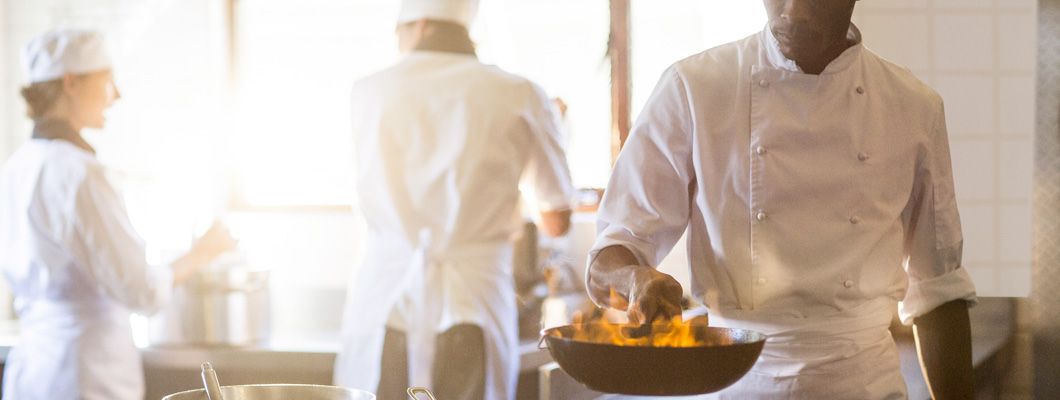
Instantly recognisable, and an integral part of the role, chef whites are one of the most iconic uniforms around. If you’re a chef, you’ll know that whites play an important part in unifying your brigade and boosting discipline in the kitchen. What’s more, clean, crisp whites show your customers that you’re big on hygiene and that you run a tight ship.
As they need to be durable, good-quality chef whites are made from tough, long-lasting materials. This means that, as long as you look after them, your chef whites could last for years. Keep reading to find out more.
The design of chef whites
Before we get to the colour, we thought we’d take a look at the classic design of chef whites. While these jackets may look fairly simple, every aspect of the design has been carefully considered.
For example, the thick cotton breast helps to protect chefs from the intense heat of the stove while the knotted buttons won’t break or chip like plastic or ceramic alternatives. Long sleeves help to prevent burns and the material is breathable, something that will help to keep chefs comfortable as they work away in the kitchen.
It’s largely down to this clever, thoughtful design that chef whites have remained largely unchanged for decades. In fact, you could go back well over a century and chefs’ uniforms would still be instantly recognisable.
Why chefs wear white
According to legend, the first chef to consistently wear white in the kitchen was Marie-Antoine Carême. A famous name in 19th-century Paris, Carême chose white because it gave customers confidence in the cleanliness of his kitchen. What’s more, the light colour made it easy to spot stains and mess on a chef’s clothes. As good chefs were supposed to make minimal mess, this was seen as a good way to tell the talented cooks from the less gifted restaurateurs.
These days, not all chefs opt for white jackets. In some kitchens, black is the preferred colour, while other restaurants use different coloured jackets to differentiate between roles in the kitchen. However, white is still the most common colour by a long way and you’ll still spot chef whites in kitchens around the world.
How to keep your chef whites white for longer
The best way to keep your chef whites white is to clean them on a regular basis. Wash your whites after every service with other white or light materials to remove any spills or stains from the fabric. When washing your chef whites, make sure you use a detergent that’s been formulated for white material and tough stains and select the correct wash cycle on your machine.
If you can’t get your whites in the wash straight away, soak them in cold or warm water to prevent the stain from drying on. Hot water will bake the stain into the fabric, so don’t use water at too high a temperature. You can add a little detergent to the water to help remove stains and kickstart the cleaning process. Another option is to have a spot stain remover on hand at work. These allow you to instantly rub stain remover on any marks or spills before they set in for good.
As a last resort, you can try using bleach to rid your chef whites of stains. While this is pretty much guaranteed to get your jackets and trousers gleaming, bleach will make the fabric brittle and degrade it over time, limiting the lifespan of your uniform.
Removing common stains from your chef whites
If you work in a kitchen, you’ll know there are a few usual suspects behind the majority of marks and stains. Oil, tomato, coffee, chocolate and blood from meat all leave distinctive marks on clothing and all can be tough to remove. To help you keep your chef whites white, we’re taking a look at some of the best methods for removing these stubborn stains.
- Oil
Detergent is probably the best thing for removing oil and grease stains from chef whites. As soon as you notice a greasy mark on your clothes, find some washing up liquid, soap or laundry detergent and give your jacket a good soak. If you’re in the middle of service and can’t take your whites off, gently dab the stain with detergent to help loosen the grease.
- Tomato Sauce
If you splatter your white coat with tomato sauce, detergent or washing up liquid will again be your best option. Remember to use cold water when rinsing the stain to avoid baking it into the fabric. If possible, pre-treat the mark with stain remover before putting your whites in the wash.
- Coffee
The best way to remove coffee stains from white fabric is to soak the item in a mixture of water, detergent and white wine vinegar. If possible, soak your chef whites before the coffee has a chance to dry. Though it is still possible to remove dried on stains, it’s a lot easier to get a great result if you treat your whites before the stain has a chance to set.
- Chocolate
If you’ve managed to get chocolate on your chef whites, the first thing you’ll need to do is blot off any excess chocolate from the fabric. Next, run water through the stained fabric from back to front. This will also help to get rid of excess chocolate. You can then use washing up liquid or laundry detergent to treat the stain before putting the item in the wash.
- Blood
Like coffee, blood is much easier to remove when it’s wet. Make a mixture of one part baking soda and two parts cold water and dab it onto the stain. Leave it for around half an hour and then give it a wipe. You can also rub some lemon juice into the stain to help lighten it up.
If you’re in need of a new set of chef whites, or if you’re buying new uniforms for your brigade, we can help. Take a look around our site to find out more

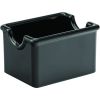
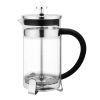

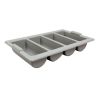

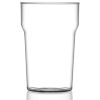

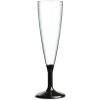


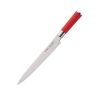


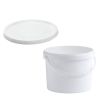
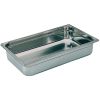
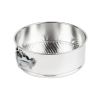
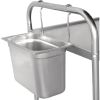

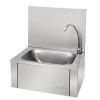


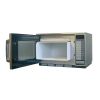
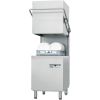
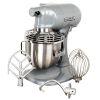
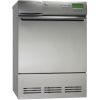



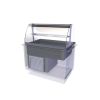
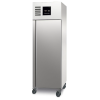




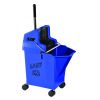

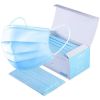



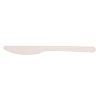

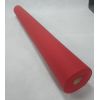


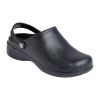
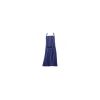
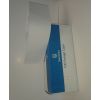

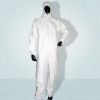

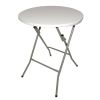

Leave a Comment